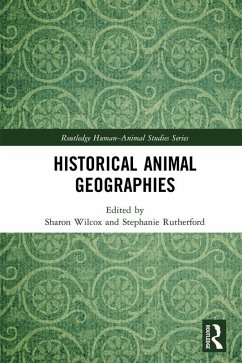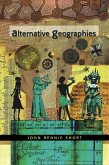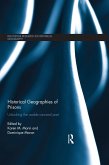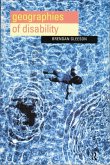Arguing that historical analysis is an important, yet heretofore largely underexplored dimension of scholarship in animal geographies, this book seeks to define historical animal geography as the exploration of how spatially situated human-animal relations have changed through time. This volume centers on the changing relationships among people, animals, and the landscapes they inhabit, taking a spatio-temporal approach to animal studies. Foregrounding the assertion that geography matters as much as history in terms of how humans relate to animals, this collection offers unique insight into the lives of animals past, how interrelationships were co-constructed amongst and between animals and humans, and how nonhuman actors came to make their own worlds. This collection of chapters explores the rich value of work at the contact points between three sub-disciplines, demonstrating how geographical analyses enrich work in historical animal studies, that historical work is important to animal geography, and that recognition of animals as actors can further enrich historical geographic research.
Dieser Download kann aus rechtlichen Gründen nur mit Rechnungsadresse in A, B, BG, CY, CZ, D, DK, EW, E, FIN, F, GR, HR, H, IRL, I, LT, L, LR, M, NL, PL, P, R, S, SLO, SK ausgeliefert werden.









